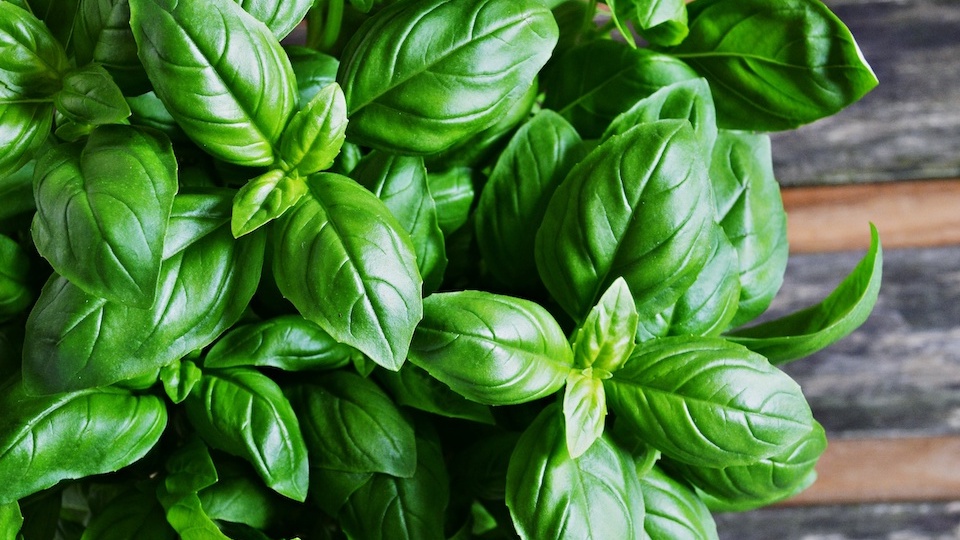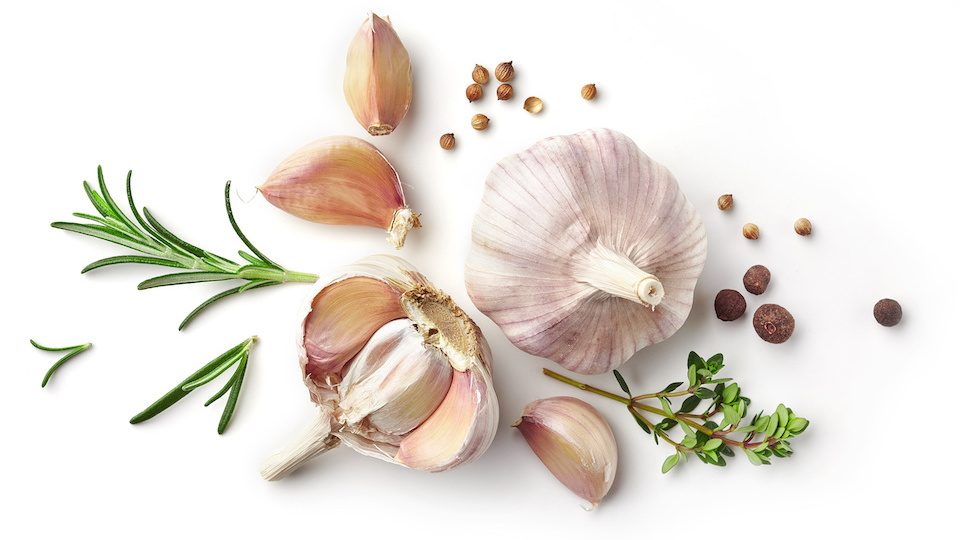Nearly half of all Americans have high blood pressure (also called hypertension), a preventable condition that is the number one risk factor for heart disease. Sadly, millions of people with this condition go undiagnosed. The good news is, numerous lifestyle changes can help prevent, manage, and even eliminate high blood pressure. Additionally, nature has provided relief for this condition as well. Let’s take a closer look at some easy-to-grow herbs that can be used to regulate blood pressure.
What is high blood pressure?
If you have one of the following, you are said to have high blood pressure:
- Systolic blood pressure (top number) over 130mm Hg
- Diastolic blood pressure (the bottom number) over 80 mm Hg
- Both diastolic and systolic values above the normal levels
Medications including angiotensin-converting enzyme inhibitors and calcium channel blockers are available for the treatment of high blood pressure. Many people also find success in managing hypertension with effective lifestyle changes. At the same time, studies have shown that some herbs and spices can have a dramatic impact on blood pressure as well.
Basil (Ocimum basillcum)

Basil is one of the most commonly used herbs for cooking, a staple in many different cuisines, including Italian. This warm-weather plant in the mint family is native to Asia and Africa. The most common type of basil is sweet basil; other types include purple basil (less sweet than common basil), lemon basil (lemon flavor), and Thai basil (licorice flavor). This aromatic and easy-to-grow herb is not only a popular food seasoning but a powerful medicinal plant with a variety of therapeutic compounds as well.
Traditional uses of basil include treatment of snakebites, colds, and inflammation. Basil contains powerful antioxidants as well a calcium and vitamin K. According to research; sweet basil has properties that may protect the skin from the effects of aging. Basil essential oils contain potent antimicrobial properties that are effective against various strains of E coli. Furthermore, there is evidence suggesting that basil can reduce chronic depression and anxiety.
Additionally, sweet basil is rich in eugenol, an antioxidant that has been linked to lowering blood pressure; it is thought that eugenol may act as a natural calcium channel blocker. Calcium channel blockers work by preventing calcium movement into the heart and arterial cells, allowing the blood vessels to relax. Additional studies show that sweet basil extracts help to relax blood vessels and thin the blood, reducing blood sugar.
Growing tips
- Start basil seeds indoors 6-8 weeks before the last spring frost in biodegradable pots for easy transplant. Plant seeds ¼-inch deep. Plant seeds and seedlings outdoors ¼ inch deep and 10 inches apart.
- Basil does best in an area that receives 6-8 hours of direct sun. Plant it in well-drained, nutrient-rich soil that’s kept moist but never soggy. Use organic fertilizer to help maintain pH levels. If you live in a hot climate, use mulch to retain moisture. After seedlings have their first six leaves, prune above the second set to encourage branching. Each time a branch grows six leaves, prune it back to the first set. After six weeks, pinch the center shoot to keep the plant from flowering. Basil grows well indoors in smaller, globe-type containers. Place in a sunny south-facing window or use grow lights.
Parsley (Petroselinum crispum)

Parsley is one of the most well-known herbs, easy to incorporate in many dishes, adding flavor and nutrients to salads, pasta dishes, soups, stews, stir-fries, and much more. It is easy to tell that this Mediterranean naitve plant is a member of the carrot family by its feathery leaves. Flat-leaf varieties are often used in cooking, and curly-leaf varieties make a beautiful garnish.
Antioxidants including vitamin C, A, and E found in parsley help reduce inflammation. It is also a rich source of flavonoids, which are antioxidants credited with reducing the risk of a host of chronic diseases, including high blood pressure and atherosclerosis, Parkinson’s disease, and Alzhemiers’s. Studies with animals show that parsley can reduce both systolic and diastolic blood pressure by acting as a calcium channel blocker
Parsley also contains vitamin K (10 sprigs provides your daily dose), which is necessary for blood clotting and bone health. Eating parsley is good for your skin since the vitamin C in parsley makes collagen, which gives skin its structure and strength.
Additionally, parsley is a soothing herb that can calm an angry digestive system and reduce bloating. Homeopathic practitioners use parsley to ease urinary tract infections and kidney and bladder stones. Raw parsley also contains important B vitamins that are good for the heart and also contain a hefty dose of iron. Don’t forget to munch on some parsley to keep your breath smelling fresh.
Growing tips
- Soak the seeds in warm water first to crack the seed coat. To get a head start, start parsley seeds indoors in individual pots about eight weeks before the last known spring frost date. Sprinkle seeds onto the surface of the soil and then cover them up with another quarter-inch of soil. Water regularly, keeping the soil moist to the touch but never soggy. For direct sowing into the garden, plant seeds about ¼-inch deep in rich, well-draining soil. Leave about 6 inches between seeds.
- Parsley does best in a sunny, south-facing window indoors or 2 inches below a grow light indoors and in a sunny location outdoors . Keep parsley plants well-watered and provide a light layer of mulch to help retain moisture.
- Parsley is generally ready for harvest between 70-90 days after planting. Cut sprigs from the outside down to the soil level or bunch a group of leaves and snip them off level with the soil.
Garlic (Allium sativum)

Many people know garlic as a food and flavoring. Native to central Asia, many cultures use garlic for both culinary and medicinal purposes. Garlic is a bulbous perennial related to onions. The bulb contains several cloves, which are used in culinary dishes and as medicine. Above ground, garlic leaves are long and grass-like. They develop an edible scape with a flower cluster on top that can be removed to stimulate bulb growth.
Although most people use garlic in the kitchen solely for its flavor, its ancient use as a medicine is well documented. Modern studies have found compounds in garlic that are beneficial in several ways. These include sulfur compounds that give garlic its unique aroma. Garlic boosts the immune system, reducing the number of colds and length of illness. Garlic also supports heart health and lowers blood pressure by increasing blood flow and allowing vessels to relax. Antioxidants in garlic can reduce the risk of developing dementia and Alzheimer’s disease.
Growing tips
- Growing garlic is easy and inexpensive. Use cloves from a healthy bulb of garlic. Plant them outside fall. They’ll begin to develop leaves in spring and will be ready to harvest in summer. Timing is important. They need enough time to establish roots before the ground freezes but cannot be planted so soon that they grow leaves that will freeze. Plant them in a sunny spot where the soil is rich and slightly acidic. Bury cloves with the paper on and with the root side pointing down. Plant them two inches deep and two to four inches apart.
- If you live in a cooler climate, cover the planted cloves with mulch or straw for overwintering. Remove the cover after the risk of frost has passed in spring. Cut scapes off as they emerge so the plants can put energy into bulb formation. Garlic does not like competition, so keep the area well-weeded. Water every few days from mid-May through June when the bulbs are developing.
- Depending on the climate and planting time, garlic bulbs are ready to harvest from June to August. Begin harvesting when the foliage yellows and falls over but before it is totally dry. Dig up the bulbs carefully. Never pull them from the ground.
Consider adding more of these delicious herbs to your diet for better overall health and wellness as well as for blood pressure support. Remember, always check with your health practitioner first before beginning any herbal therapy.
Happy growing,
-Susan Patterson, CBHC and Master Gardener




